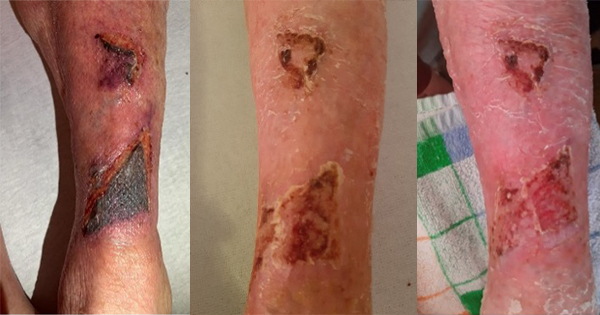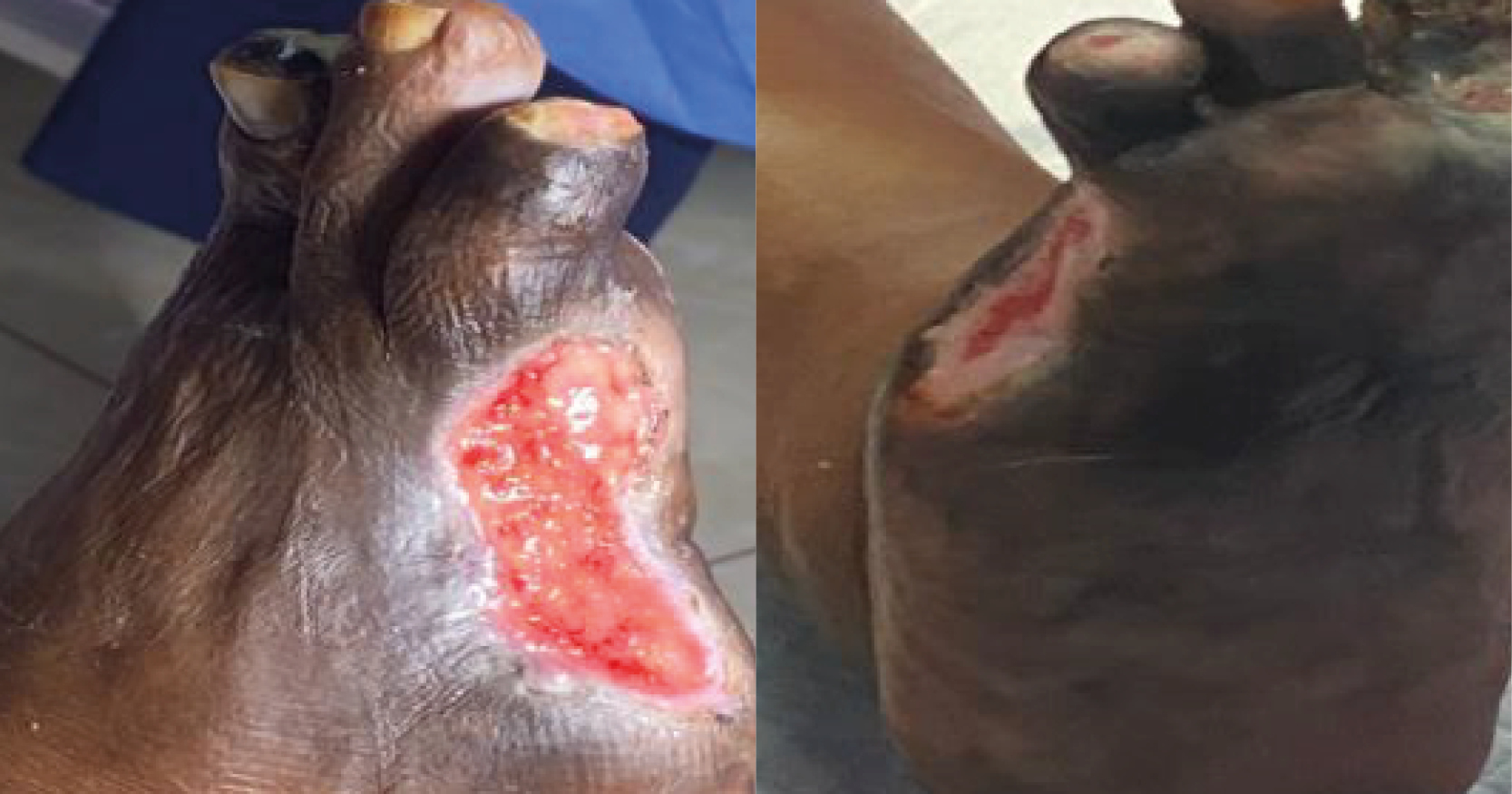<p>On reading this article by Seckam and Cooper, we are reminded of both the traditional uses of honey in wound care over the past 2000 years, and the renewed interest in honey over the past two decades. This renewed interest has been prompted primarily by concerns around antibiotic resistance and the need for antimicrobial agents that inhibit planktonic and biofilm organisms in wounds. We note that the literature reflects increasing evidence to explain the broad-spectrum antimicrobial efficacy and cytocompatibility of honey, as well as its other bioactive properties that facilitate debridement and control malodour and inflammation. Such a combination of properties in one product makes one wonder why honey is not used more frequently and by more clinicians?</p>




